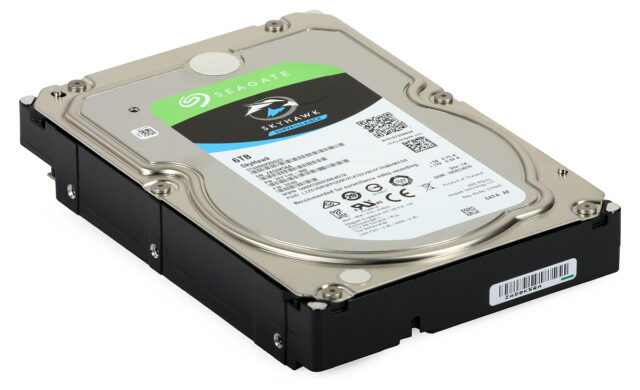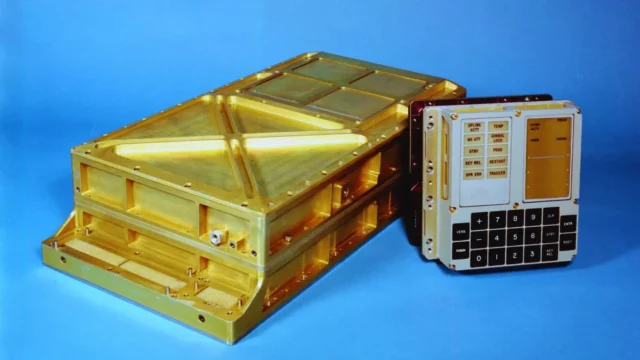The Raspberry Pi, launched in 2012, has become nearly synonymous with compact, affordable, single-board computers (SBCs). Originally designed for educational use, the platform quickly found a wide audience among hobbyists, developers, and DIY enthusiasts. Its broad Linux support, active community, and low price turned it into a global phenomenon.
However, as technology advances, numerous alternatives now offer better performance, built-in storage, more memory, or even AI acceleration and x86 compatibility—at a reasonable price. This article explores the most compelling Raspberry Pi alternatives in 2025, with a focus on performance, use cases, and availability.
1. Raspberry Pi: a brief history
-
2012 – The original Raspberry Pi Model B debuted at just $35 with 256 MB RAM and Ethernet.
-
It quickly gained popularity for educational projects and DIY automation.
-
Successive models (Pi 2, 3, 4, Zero, 400) expanded features and performance.
-
The upcoming Raspberry Pi 5 promises USB 3.2, 64-bit OS support, and better thermal handling.
Despite the Pi’s strengths—strong community, good documentation, and ecosystem—it’s not always the best performer for more demanding tasks.
2. What to consider when choosing an SBC?
When selecting a single-board computer, consider:
-
Performance – Number of CPU cores, architecture, GPU capability
-
Memory – RAM amount and type
-
Storage – microSD, eMMC, M.2 or SATA options
-
Connectivity – USB 3.0, HDMI, Ethernet, GPIO, PCIe
-
Networking – Gigabit Ethernet, Wi‑Fi 6 support
-
OS support – Debian, Ubuntu, Android, Windows, custom Linux distros
-
Community – forums, documentation, software libraries
3. Top Raspberry Pi alternatives in 2025
3.1 Orange Pi 5 / Orange Pi 5 Plus
-
SoC: Rockchip RK3588(S), 8-core CPU
-
RAM: Up to 32 GB LPDDR4
-
Ports: HDMI 2.1 (8K), USB 3.0, 2.5Gb Ethernet, dual M.2 SSD slots (Plus)
-
Pros: Outstanding for media, AI, and mini server setups
-
Cons: Higher cost (~€80–120), needs active cooling
3.2 NVIDIA Jetson Nano Developer Kit
-
SoC: ARM Cortex‑A57 + 128-core Maxwell GPU
-
RAM: 4 GB LPDDR4
-
Pros: Ideal for AI, ML, and robotics development
-
Cons: More suited for specific development tasks, not general use
3.3 Libre Computer Le Potato (AML-S905X‑CC)
-
SoC: Amlogic S905X
-
RAM: Up to 2 GB DDR3
-
Pros: Very affordable (~€50), 4K video, open-source friendly
-
Cons: Lower CPU power, mostly for media playback
3.4 ODROID‑N2+
-
SoC: Amlogic S922X (4x Cortex-A73 + 2x Cortex-A53)
-
RAM: 4 GB DDR4
-
Pros: Stable for servers or emulation setups, eMMC storage support
-
Cons: Smaller support base compared to Pi
3.5 Asus Tinker Board S R2.0 / 2S
-
SoC: RK3288 / RK3399
-
RAM: 2 GB LPDDR3/4
-
Pros: Good for multimedia, decent Linux/Android support
-
Cons: Slightly more expensive, smaller user base
3.6 Banana Pi series (BPI-M4, BPI-M2+)
-
ARM-based, supports various Linux and Android systems
-
Pros: Raspberry Pi-compatible GPIO layout
-
Cons: Less official documentation and smaller ecosystem
3.7 Pine64 series (ROCK64, RockPro64, Star64)
-
Affordable ARM SBCs with some RISC-V models
-
Pros: Active developer community, good for servers/NAS
-
Cons: Slower software updates
3.8 LattePanda (Alpha, Delta, Mu)
-
SoC: Intel Atom or Core M3
-
RAM: 4–8 GB, eMMC storage
-
Pros: Runs Windows and Linux natively, supports x86 software
-
Cons: Expensive (€200–300), needs active cooling
3.9 BeagleBone Black
-
SoC: TI AM335x Cortex-A8
-
RAM: 512 MB DDR3
-
Pros: Ideal for industrial projects, high reliability
-
Cons: Limited multimedia or AI capability
3.10 NanoPi NEO series
-
Ultra-compact Allwinner-based boards
-
RAM: 256 MB–1 GB
-
Pros: Very low power, great for IoT
-
Cons: Not suitable for desktop-level tasks
4. Summary comparison
| Device | SoC | RAM | Strengths | Weaknesses |
|---|---|---|---|---|
| Raspberry Pi 5* | Broadcom BCM | 4–8 GB | Community, support | Mid-range performance |
| Orange Pi 5 | RK3588S | Up to 32 GB | High performance, AI-ready | Higher price, needs cooling |
| Jetson Nano | ARM + Maxwell GPU | 4 GB | AI and ML | Narrow use-case |
| Le Potato | Amlogic S905X | 2 GB | Budget media center | Low general performance |
| ODROID-N2+ | Amlogic S922X | 4 GB | Server-ready, eMMC support | Smaller community |
| Tinker Board 2S | RK3399 | 2 GB | Multimedia, GPIO support | Smaller ecosystem |
| Banana Pi M4 | RTD1395 | 1 GB | OS variety, GPIO compatible | Less stable software support |
| Pine RockPro64 | RK3399 | 2–4 GB | NAS/server use | Slower updates |
| LattePanda Alpha | Intel Core M3 | 8 GB | Full desktop capability (x86) | High price, needs cooling |
| BeagleBone Black | AM335x | 512 MB | Industrial-grade use | Low performance |
| NanoPi NEO | Allwinner H3/H5 | 256 MB–1 GB | Tiny, IoT-friendly | Very limited capabilities |
5. Use cases
? Home server / NAS
-
Orange Pi 5, ROCK64, ODROID-N2+ – great for Plex, Home Assistant, Nextcloud
? Media center
-
Le Potato, Tinker Board 2S – handle 4K playback, Kodi or LibreELEC ready
? AI and machine learning
-
Jetson Nano, Orange Pi AIpro – support TensorFlow, PyTorch, CUDA
?? Learning and DIY
-
NanoPi NEO, BeagleBone, Le Potato – ideal for GPIO, electronics projects
? Desktop replacement / x86 compatibility
-
LattePanda Alpha – runs Windows and x86 software like Office, Visual Studio
6. Buying tips
-
Define your purpose – AI, media, server, or education?
-
Check OS compatibility – Linux, Android, Windows ARM/x86
-
Performance needs – cores, RAM, GPU power
-
Storage options – eMMC, SSD, or microSD?
-
Cooling requirements – high-power boards need heatsinks or fans
-
Community and documentation – check forums, wikis, GitHub repos
-
Local availability – consider buying from EU sellers for warranty and support
7. FAQs
What’s the fastest SBC alternative in 2025?
Orange Pi 5 Plus with RK3588S and up to 32 GB RAM is among the most powerful.
Is there any board with better support than Raspberry Pi?
No – the Pi still dominates in terms of community size. But Orange Pi, Pine64, and Libre Computer offer good support too.
Where can I buy these in Europe?
Speedshop, Yoonit, and other online resellers in Hungary and the EU carry many of these models.
Do all boards need cooling?
Not all. Entry-level boards like Le Potato or NanoPi NEO often run passively. But RK3588-based models should have active cooling.
8. Future trends
-
AI accelerators – Boards like Orange Pi AIpro (20 TOPS NPU) are on the rise
-
RISC-V emergence – Pine64 Star64, Orange Pi RV exploring new architecture
-
M.2 SSD and PCIe support – becoming common, no need for USB boot drives
-
Wi‑Fi 6 and 2.5Gb Ethernet – faster networking for home servers
-
Windows ARM/x86 DIY growth – LattePanda enables desktop computing in a compact form
-
Open-source development – Libre Computer, Pine64 gain strong community traction
If Raspberry Pi isn’t enough for your project—whether you need more power, storage options, or specific features—2025 offers a wide range of capable alternatives:
-
High-performance: Orange Pi 5, Jetson Nano, ODROID-N2+
-
Budget media: Le Potato, Tinker Board 2S
-
Education/IoT: NanoPi NEO, BeagleBone
-
Desktop-class x86: LattePanda Alpha
-
New architecture: Pine64 Star64 (RISC-V)
Choose based on your goals, budget, and the level of community support you need. Happy hacking!
Image(s) used in this article are either AI-generated or sourced from royalty-free platforms like Pixabay or Pexels.
Did you enjoy this article? Buy me a coffee!






